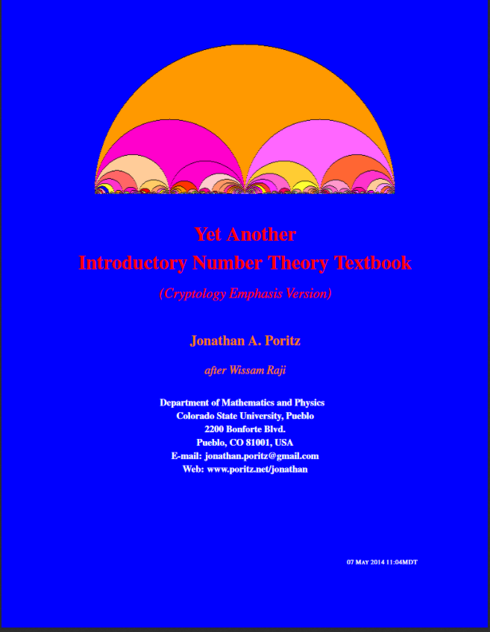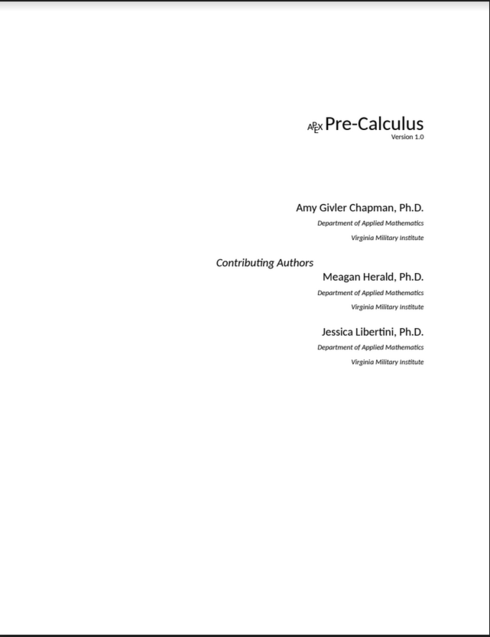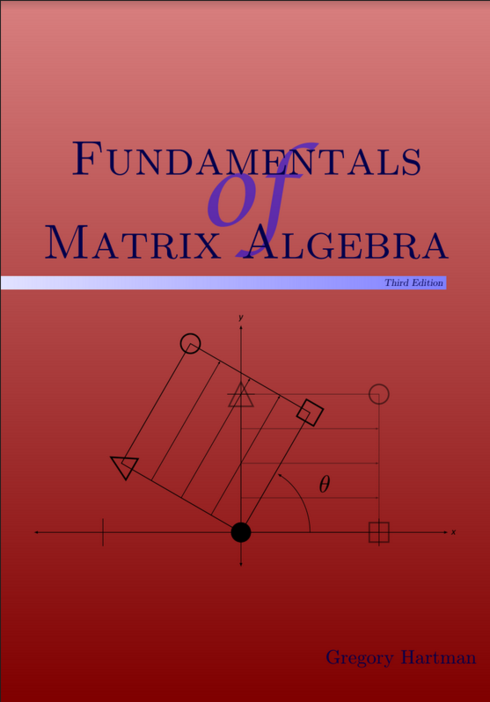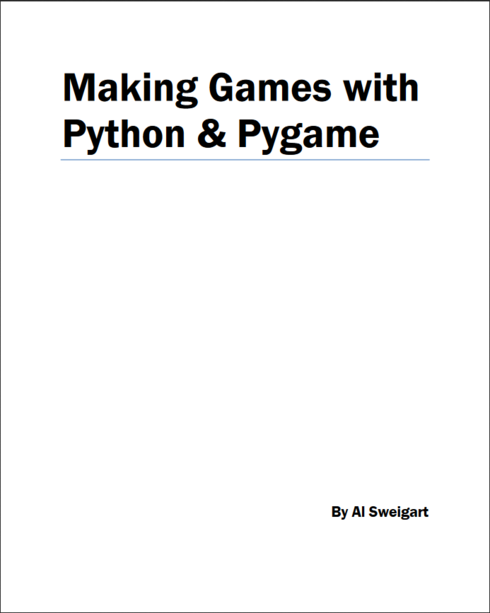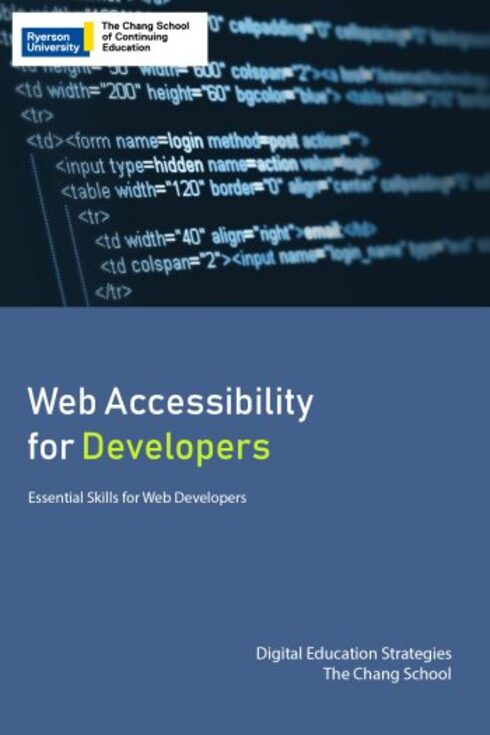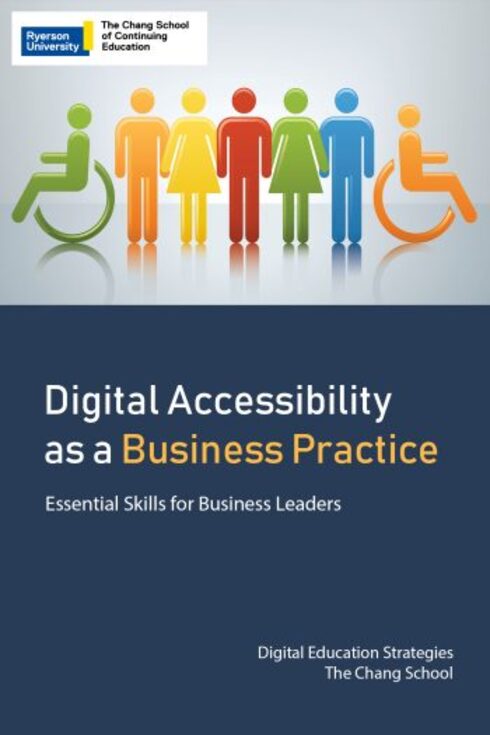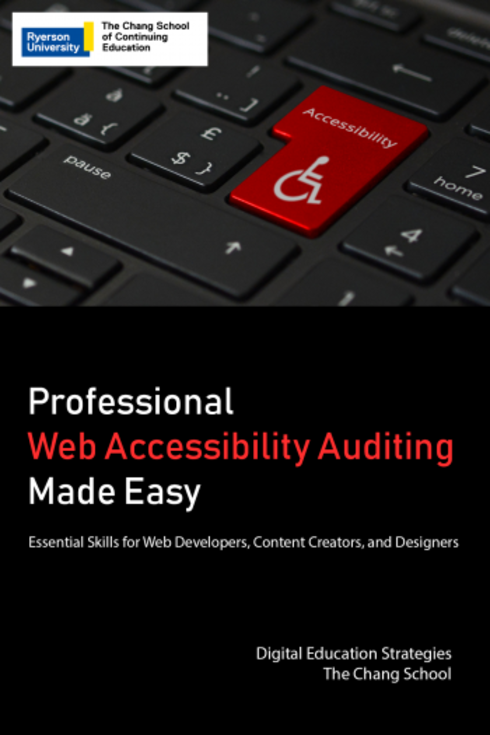Management Communication
Copyright Year:
Contributors: Thomas, Haupt, and Spackman
Publisher: The Marriott School at Brigham Young University
License: CC BY-SA
Communication is the heart of business. Short emails, complex reports, private chats, impassioned pitches, formal presentations, and team meetings move information and ideas around an organization, define strategy, and drive decisions. Business communication is concise, direct, clear, and compelling.
![]()
![]()
![]()
![]()
![]()
(8 reviews)


